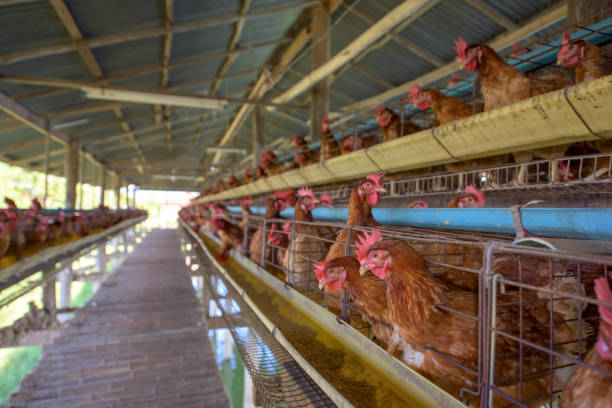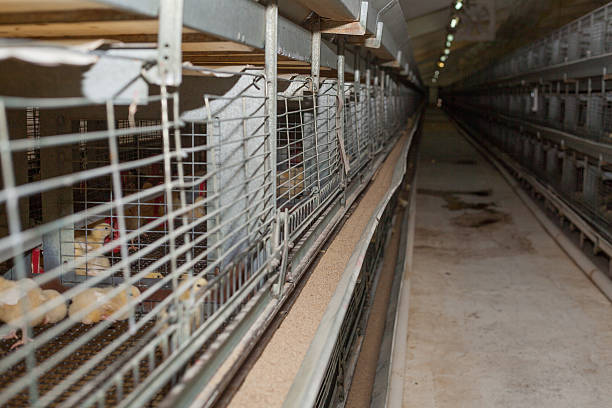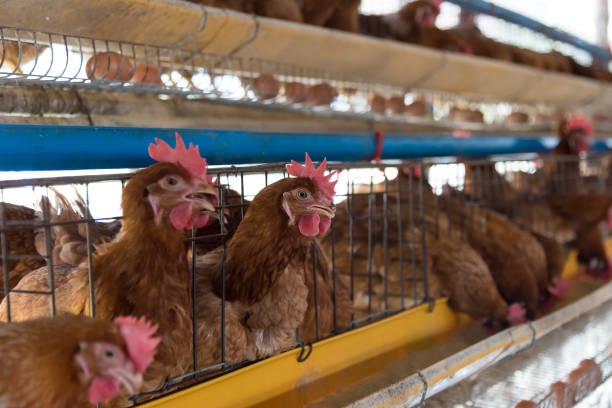Battery Cage for Egg Laying Hens – Livi Machinery
Battery Cage for Egg Laying Hens – Livi Machinery
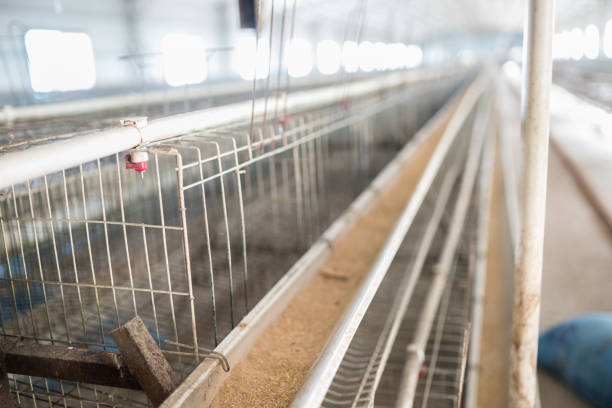
When it comes to modern poultry farming, one of the most critical decisions you’ll make is choosing the right housing system for your laying hens. Among the various options available today, battery cages for egg-laying hens have emerged as a preferred solution for commercial farms aiming for efficiency, hygiene, and high production. At Livi Machinery, based in Zhengzhou and with over a decade of experience since 2012, we’ve helped hundreds of poultry farmers around the world transition to smarter, more sustainable systems—starting with our high-performance battery cage systems.
Our battery cages are not just about confinement—they’re designed with the entire lifecycle of your flock in mind. From ease of feeding and collection to health monitoring and waste management, every aspect is engineered to simplify operations while maximizing output. Whether you’re running a small-scale farm or managing a large commercial operation, understanding how these systems work—and why they matter—can transform the way you approach egg production.
What Makes Battery Cages Essential for Modern Egg Farms?
Let’s start by addressing the big question: Why use battery cages at all? The truth is, free-range and floor systems are gaining popularity, but they come with real limitations—especially when scaling up. Labor costs go up, disease control becomes harder, and egg breakage increases. That’s where battery cage systems step in as a practical, efficient alternative.
A well-designed battery cage system keeps each hen in a controlled environment that promotes consistent laying, reduces stress, and prevents aggressive pecking often seen in overcrowded floor houses. At Livi Machinery, our cages are built using galvanized steel wire to ensure durability and rust resistance—even in humid environments. Each tier is carefully spaced to allow proper airflow, natural light exposure (when combined with good house design), and easy access for workers.
One of the biggest advantages? Automated features. Our standard setups include automatic feeding lines, drinking systems, manure removal belts, and egg collection trays. These integrations drastically cut down on manual labor—sometimes reducing staffing needs by over 50%. Imagine being able to monitor your entire flock’s food intake, water usage, and egg output without walking row after row. That’s not just efficiency—it’s intelligent farming.
But let’s talk numbers. Studies show that farms using battery cages can achieve an egg production rate of up to 95%, compared to 80–85% in non-caged systems. That extra 10–15% may seem small, but multiply that across tens of thousands of birds, and suddenly you’re looking at tens of thousands more eggs per month. For any serious poultry business, those margins make all the difference.
How Our Battery Cage Systems Stand Out from the Competition
You’ll find many suppliers offering “battery cages” online—but not all cages are made equal. What separates Livi Machinery’s designs from others on the market? It starts with customization and ends with full-service support.
First, we don’t believe in one-size-fits-all solutions. Depending on your available space, climate, bird breed (like Lohmann Brown, Hy-Line, or local varieties), and target output, we tailor the layout and configuration of your system. Need a 3-tier setup for a narrow house? Done. Want a 4-tier double-decker model with central walkway and automated egg belt? We’ve got that too. Even ventilation and lighting integration can be planned alongside the cages to create a fully optimized environment.
Second, durability is non-negotiable. Chicken manure is highly corrosive. Cheaply made cages might look fine initially but deteriorate within two years, leading to broken wires, unstable frames, and safety risks. That’s why all our products use hot-dipped galvanized steel before welding. This process ensures long-term protection against rust—even under constant exposure. Plus, the mesh size and wire thickness are precisely calculated to support adult hens comfortably while preventing foot injuries or egg rollbacks.
Third, sanitation and animal welfare are deeply embedded in our design philosophy. Some people assume battery cages are outdated or inhumane—but modern versions like ours actually promote better hygiene. Thanks to sloped wire floors and integrated manure belts, droppings fall away quickly, minimizing parasite buildup and ammonia levels. Better air quality means healthier birds and fewer vet visits.
We also offer optional nesting areas and increased space per bird to meet certain international standards if needed. And because we manufacture everything in-house in Zhengzhou, quality checks happen at every stage—from raw material selection to final packaging. No outsourcing means no surprises.
From Planning to Installation: Your Full Support Partner
Choosing a new cage system isn’t just about buying equipment—it’s about changing how your farm operates. That’s why at Livi Machinery, we treat every client as a long-term partner. From the moment you reach out to us, we assign a dedicated project manager who walks you through the process.
It begins with a consultation. Tell us about your current setup, your goals, the number of birds, and your budget. Based on that, we’ll send you a customized layout plan showing dimensions, tiers, aisle placement, equipment integration points, and expected egg flow. Once approved, manufacturing begins—typically taking 15 to 25 days depending on order size.
Delivery options are flexible: containerized shipping worldwide via sea freight, with detailed assembly instructions included. But if you’d prefer hands-on help, our technicians can travel to your location to supervise installation and train your staff. This kind of personalized service sets us apart—we’re not just selling cages; we’re helping build better farms.
And the benefits extend beyond day one. Because our systems are modular, expanding later is simple. Add another section, integrate climate controls, or upgrade to full automation down the line—all without tearing down what’s already working. That scalability makes our battery cage systems future-proof.
Ready to Upgrade Your Poultry Operation?
If you’re considering switching to battery cages—or upgrading your current setup—you don’t have to do it alone. Thousands of farmers in Africa, Southeast Asia, South America, and Eastern Europe already trust Livi Machinery to deliver smart, reliable, and cost-effective solutions. With over ten years of R&D focused specifically on poultry housing, we know what works—and what doesn’t—in real-world conditions.
So whether you’re starting fresh or optimizing an existing facility, take the next step today. Send us your farm details, desired capacity, and any challenges you’re facing. We’ll respond fast with a tailored proposal and 3D layout so you can visualize exactly how your new egg-laying system will look and perform.
Don’t wait to improve productivity and cut operating costs. Contact Livi Machinery now and let’s build a smarter poultry farm together.
Frequently Asked Questions
What is a battery cage for laying hens?
A battery cage is a stacked housing system used in commercial egg production where hens are kept in individual or small-group compartments. These cages are designed to save space, maintain cleanliness, reduce disease risk, and streamline feeding, egg collection, and manure removal through automation.
Are battery cages cruel to chickens?
Modern battery cages—like those from Livi Machinery—are far removed from older, cramped versions. Today’s systems provide enough space for hens to stand, stretch, and lay eggs comfortably. Features like sloped floors for egg rolling, anti-peck bars, and proper ventilation greatly improve bird welfare and reduce stress.
How many hens can fit in one battery cage system?
That depends on your setup. A single module can house 4 to 8 hens, and multiple modules stack vertically (usually 2–4 tiers) and run in long rows. One full house can easily accommodate 5,000 to 50,000+ birds, depending on available space and farm goals.
Can I automate a battery cage system?
Absolutely. Most of our customers install automatic feeding, watering, manure belt removal, and centralized egg collection systems. Automation not only reduces labor but improves consistency and biosecurity, making large-scale management much easier.
Do battery cages require maintenance?
Yes, but minimal. Regular cleaning of feeders, water lines, and egg belts is recommended. The galvanized steel construction resists rust and wear, so structural inspections once or twice a year are usually enough to ensure longevity.
Is installation difficult?
With our detailed guides and optional on-site technician support, installation is straightforward. Most farms complete setup within a few weeks, especially when prefabricated panels are pre-assembled before shipping.
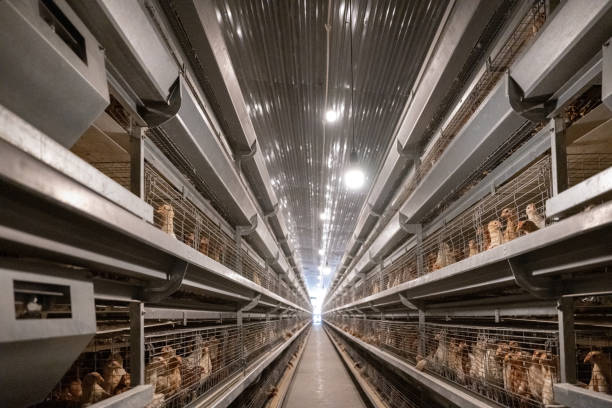
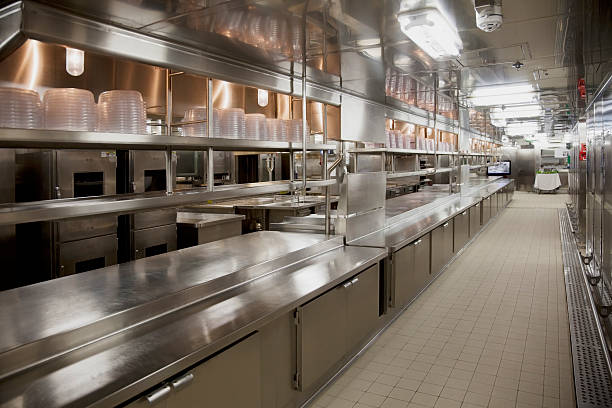
Are these cages suitable for all types of laying hens?
Yes, our systems can be customized for different breeds such as ISA Brown, Shaver, Hy-Line, and native layers. We adjust perch height, cage depth, and spacing to match the behavior and size of the specific hen type.
How long do your battery cages last?
Typically 15+ years under normal conditions. Thanks to hot-dip galvanization and sturdy welds, our cages resist corrosion and physical damage far longer than cheaper alternatives.
Can you ship internationally?
Yes, we export globally. Whether you’re in Kenya, Nigeria, Philippines, Colombia, or Ukraine, we handle logistics, customs paperwork, and delivery coordination to get your equipment safely to your farm.
Do you offer after-sales service?
Definitely. From troubleshooting to spare parts supply and technical advice, our team remains available long after delivery. We want you to succeed—and we stand behind every product we build.



